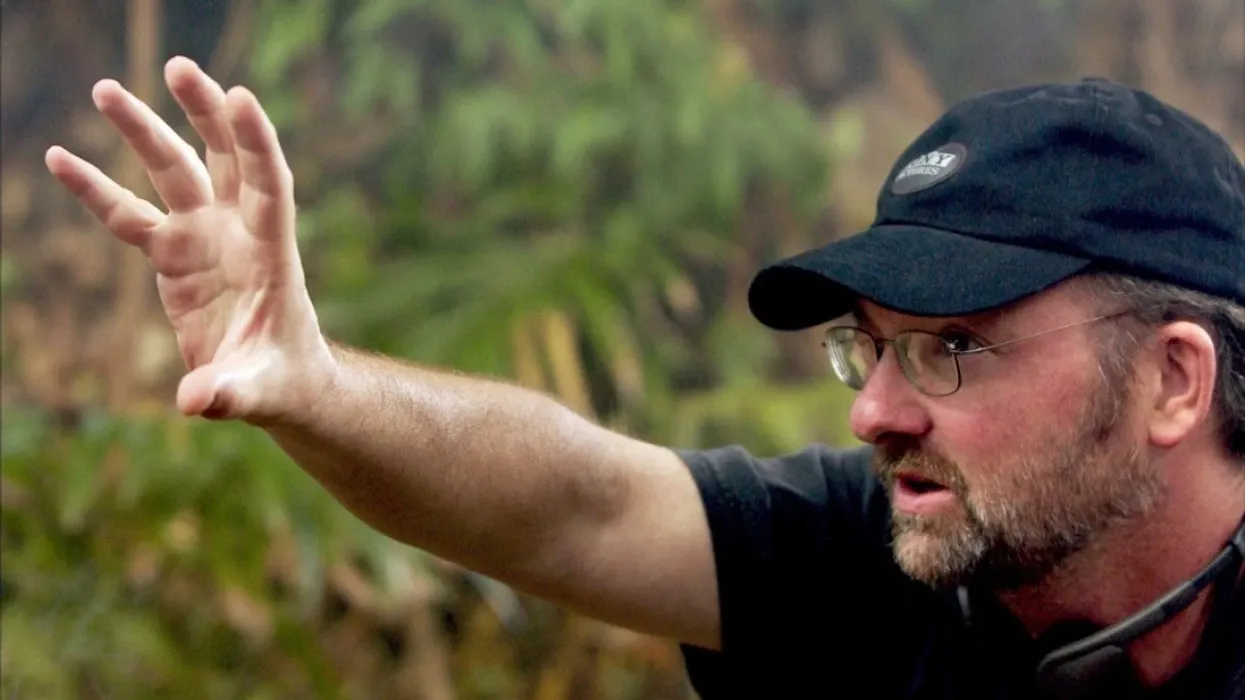The Difference Between Directing Films and TV
The role of directing is vastly different in the world of television.

Dwight Little
This post was written by Dwight Little.
One night, I was speaking to a class of young film students at the University of California, Los Angeles (UCLA) and there were many smart questions about first features, shorts, student films, music videos, commercials, etc… but, I particularly noticed a great many questions about directing for television. When I wrote my book, Still Rolling: Inside the Hollywood Dream Factory, I included two sections, one is simply called "FILM", and the other is called "TELEVISION."
I started out in independent films working my way up from “B” programmers to studio features. I, then, worked for twenty years directing network series television and TV movies, so I have had an unusual birds-eye view of these two different jobs.

During prep for a feature, almost every question, from locations to production design to lighting, will be asked of the director. This is particularly true in pre-production meetings, where as many as forty people will be seated in a large conference room and every question about each scene will be for the director.
The studio will have to approve star casting of course, but the balance of the casting will be largely the director’s choice in consultation with the producers. This “Monarchy” (the Director serving as King) continues through production and post-production, and the director will supervise the editing, music, mixing, titles, color timing, VFX, and more right through to the final release print.
With movies, we think of the director when we think of the actual movie: Francis Coppola, Ron Howard, Chris Nolan, David Fincher, Wes Anderson, Woody Allen, Martin Scorsese, Steven Spielberg, and so on. They are the authors of the movie. Most people understand that television is more collaborative, but here’s how.
Imagine that same pre-production meeting with all the heads of department seated around a huge conference table. As the AD reads through the script, all the questions will be directed to the showrunner. He or she will answer inquiries about locations, wardrobe, props, picture cars, etc. The director may be able to chime in but will need to defer to the showrunner first.
As the director, you will take notes and address them with the showrunner at a later time but for a meeting like this, you (the director) are part of the committee. There is actually a meeting, called the “Tone” meeting, where the showrunner will give the director instructions about the creative approach to each scene. In casting you will be able to weigh in on your choices, but most key and even smaller parts will be chosen by others, and you will get what you get.

Finally, there is often a DGA member on the staff called the “PD,” or producer/director, who is also on a show for the full season. The PD will direct two or more episodes and provide guidance to the episode directors on the remaining shows.
This system can work, and there are many great television shows made this way, but the role of the director is one of “team play.” When the director’s assigned shooting days are completed, then there will be just four days to deliver the “director’s cut” to the showrunner, studio, and network. Music, dubbing, sound FX, inserts, second unit, color, mixing, and titles will all be done without the director’s involvement.
The last major point is that the relationship between the director and the star(s) is very different in film and TV. With a feature, the star knows that the producer and studio have selected the director for his or her talent, track record in features, and bankability. They are likely to back up and support the director when creative issues arise. Everyone knows the Director will be in the cutting room deciding on takes and building the film from the ground up, one shot at a time. This is a huge creative power.

In television, the lead actors are the most powerful voices on the set. They are there for twenty or more episodes each season and the director is mainly a guest. The TV director must find a way to connect to the series regulars knowing that they and the showrunner are the big dogs in the room.
I do a deep dive into these different director realities in my book Still Rolling: Inside the Hollywood Dream Factory, and also explore many other subjects that illuminate the life of the film and television director.
This post was written by Dwight Little.
For more information, please visit Dwight Little's website.
- The Definitive Guide to Creating a Film and TV Mood Board ›
- What Does Willem Dafoe Say Is the Difference Between Cinema and TV? ›
- A Guide to TV Directing (Or How to Succeed as the Least Important Person on Set) ›
- Yorgos Lanthimos Directing Lessons ›
- Learn the Art of Doc Filmmaking with 'Steve!' Director Morgan Neville | No Film School ›
- Producer vs. Executive Producer: What's the Difference? | No Film School ›











